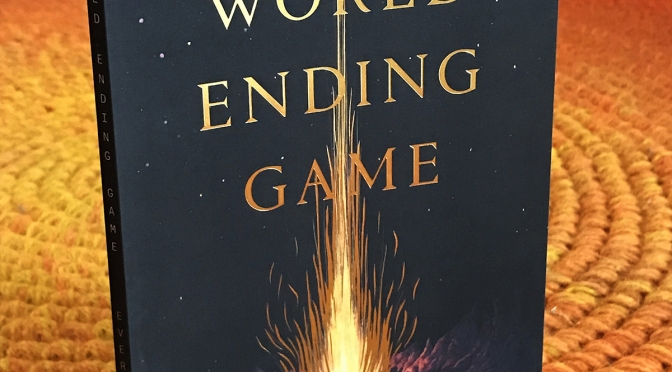I’m not stating anything particularly controversial when I say it’s tough to be a game designer. The tabletop RPG market is an economics nightmare; demand is low and supply is incredibly high. Demand is low because this is a niche hobby whose marketing to the public at large is, essentially, Hasbro screaming so loud that nobody else is heard. Supply is driven by the fact that, at a functional level, thanks to crowdfunding Kickstarter, itch.io, and DriveThruRPG, basically anyone can make a TTRPG and get it on sale. TTRPGs and self-published fiction are very much the same, and everyone’s looking for the solution to the fact that 90% of everything in the market is utter crap.
Imagine, if you will, that you’re a good game designer. You’ve made something that’s captured the attention of part of the audience and, after you run some numbers, you realize that you could make a living on this. If you’ve done those numbers correctly, you’re still looking at a difficult life, one filled with a lot of hustle, a lot of compromises on your creative vision, and, most discouragingly, precarity. Precarity is, in essence, the amount of time you spend one decision away from ruin. It’s the constant enemy of anyone who doesn’t earn a constant and consistent income, and when your precarious income is game design instead of, say, insurance sales, there’s no relief from it, either. The only avenues to some meager financial security are to release a game that honestly gets famous, book dozens of hours of freelance work over and above your own design work, or simply have a day job.
Continue reading The Precarity of RPG Design →









